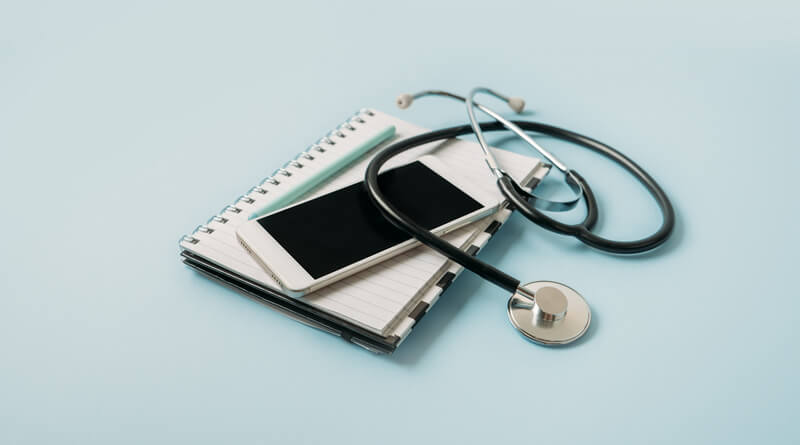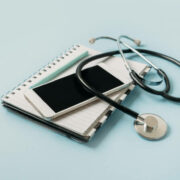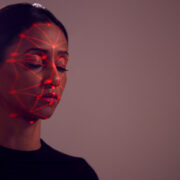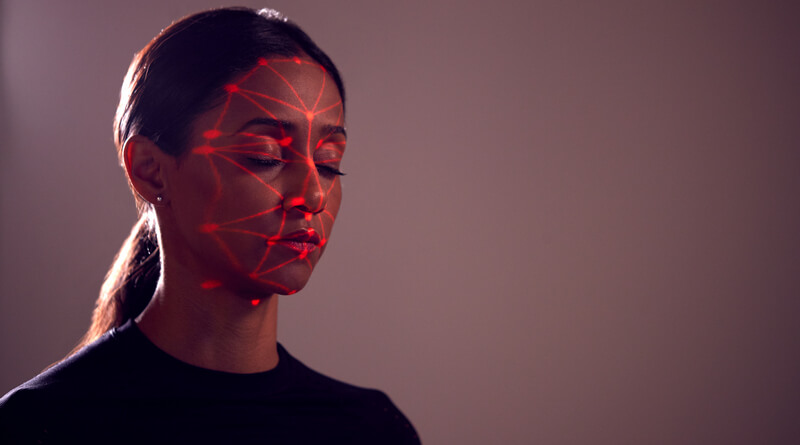The Medical Industry’s Smart Solutions

The following guest post on smart solutions in healthcare was submitted by Ronald McCarthy.
The medical industry is now progressing more rapidly than ever. Innovations are being made yearly and people’s lives are changing so much that the expected lifespan of a person born in this decade can be over a hundred years old. The life expectancy has increased because medical technology has allowed humans to detect diseases that would previously go undetected until the ailment was in its last stages and had affected the sufferer’s health very harshly. This would conclude to doctors being unable to treat the patient back to health and many cases would result in fatalities.

Advances in medical technology are extending life expectancies and improving our health and well-being.
The medical field has progressed so much that applications have been introduced to keep track of our health and lifestyle. This not only helps the patient have a better life with a stricter schedule, but it can provide the doctor with the information he/she needs to diagnose any disease and give a clear insight into the patient’s problems. Multiple gadgets and machines are now under development that will let users connect them to the internet. This internet connection does not mean that you will be watching YouTube and surfing through Facebook or Twitter, but instead, they will let machines stay connected with each other. The internet connection will guarantee that the machines stay updated to their surroundings and carry out their assigned tasks efficiently. Here are the following things that have now been introduced to assist the doctors in their prognosis.
Smart Watches:
Wearable technologies have stepped into the health sector and are helping people keep a record of their sugar levels, blood pressure, and their dietary needs. One fine example of this is a smartwatch, MOTIO HW. It has been specifically designed to detect any signs that show whether the person is having difficulty in breathing or not breathing at all. This is especially useful for people with apnea. It uses its sensors to monitor the wearer’s movements and daily behavior.
Smart Patch:
Technology doesn’t get smaller than a patch on your underarm. TempTraq is a specially designed pad like a patch that can be stuck on your underarm and be used to monitor your temperature. Upon placement, it reads your body heat and sends the information to your smartphone. It is specifically very handy as you can place it on your baby and check her fever without you having to get up from bed.
Smart Scalpel:
These devices are designed in a way which lets them target a specific tissue that indicates any form of cancer. It can also detect and remove a defected vascular or nerve tissue. This piece of equipment is specifically used for processes which require extreme precision and are related to microsurgeries. Other procedures that could use this technology are anastomosis of blood vessels or nerves, cerebral aneurysms, acoustic neuroma removal and brain tumor resection.
Heart Rate Monitor:
For people with heart problems, it is rather a painstakingly long task to go to the doctor to check if their heart is healthy and has a normal BPM. Yet QardioCore is a belt-like structure that you wear around your chest and its sensors close just over your heart. The sensors then update your heart rate to your smartphone, hence letting you keep track of your health.
Electromagnetic Acoustic Imaging:
Combining bioelectromagnetism along with acoustics for a biopsy result similar to a CT scan may seem like a crazy idea, but science has proved that its a great step towards medical success. It is a much safer method and is able to provide images that are parallel to MRI in quality. The cost of having a CT scan is also high but this particular method can help you get the job done for a much cheaper price.
Science has proven time and again that it has the capacity to help us live a better and a longer life. The methods that were considered expensive can now be done in a cheaper way with more precision, while your everyday routine can be tracked down, therefore motivating you to follow a healthier diet and workout regime. There is no denying that this is perhaps only the beginning of the smart devices age and there are a lot more things to come in the future.
Ronald Mccarthy is a lifestyle and Health enthusiast. He uses his interests to share valuable insights through passionate writing in the domain. His aim is to spread knowledge about his interests to a larger audience and share interesting topics for the interest of the valued and general reader. For recent updates Follow him on Facebook and Twitter.




 Michael Trader is President and Co-Founder of RightPatient®. Michael is responsible for overseeing business development and marketing activities, government outreach, and for providing senior leadership on business and policy issues.
Michael Trader is President and Co-Founder of RightPatient®. Michael is responsible for overseeing business development and marketing activities, government outreach, and for providing senior leadership on business and policy issues.